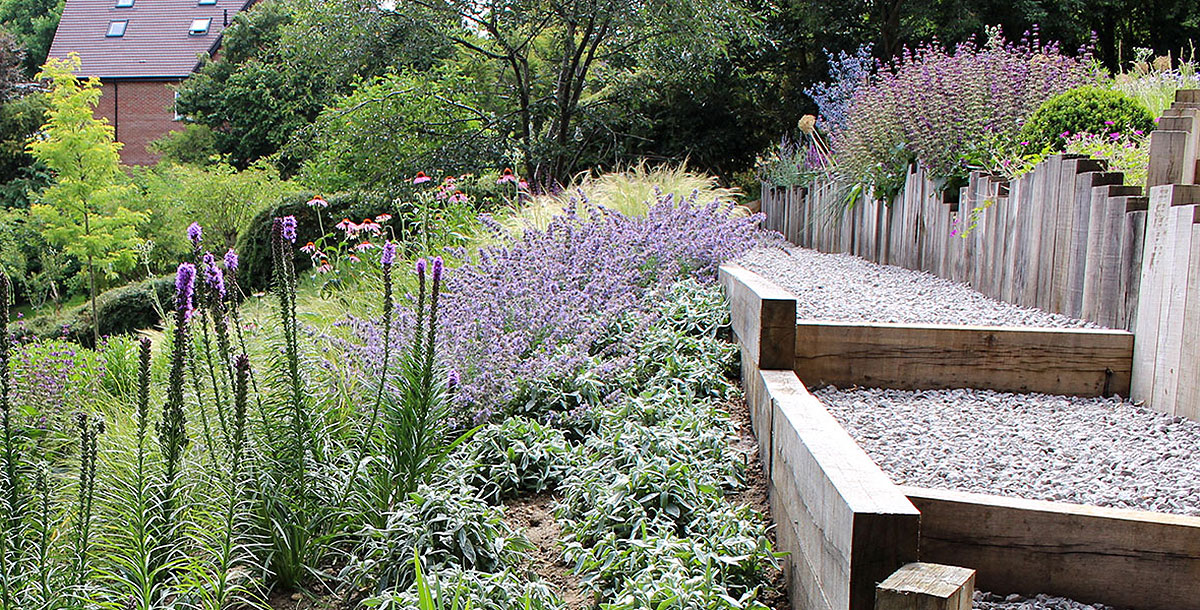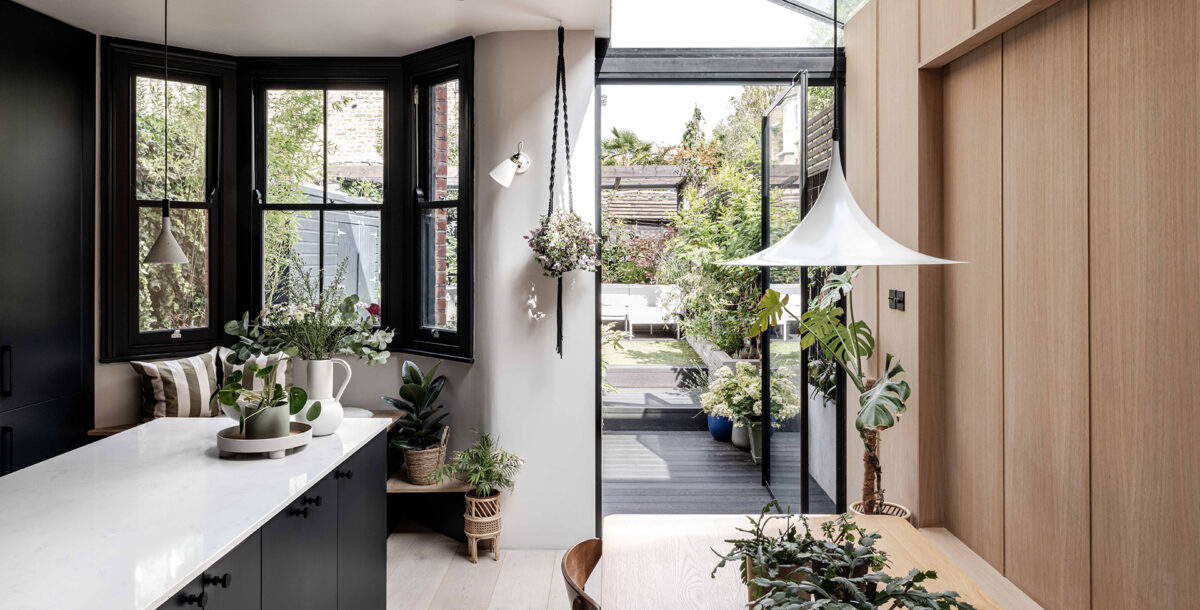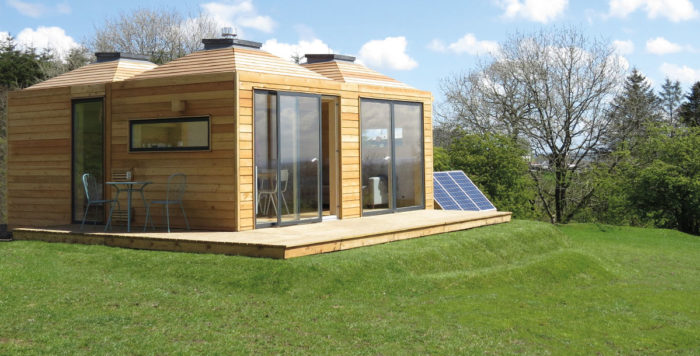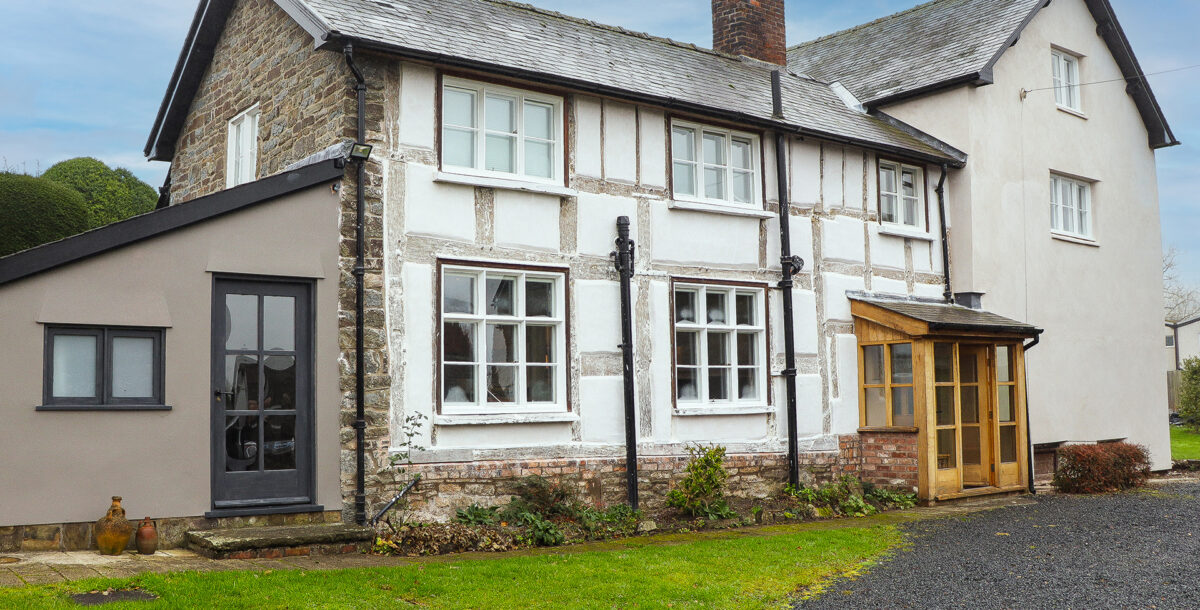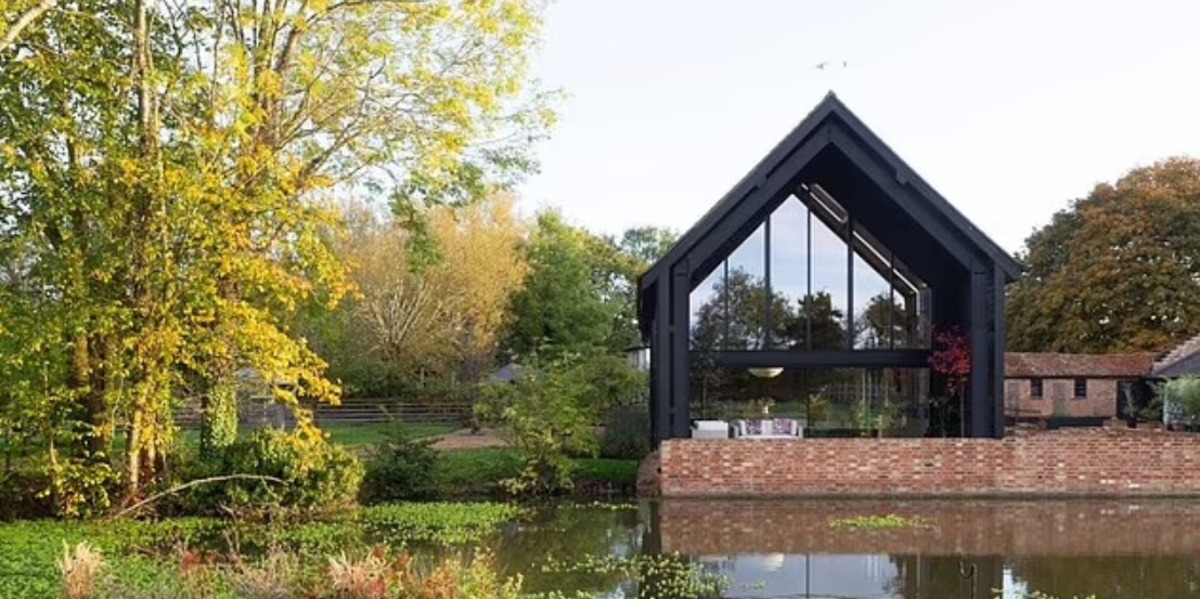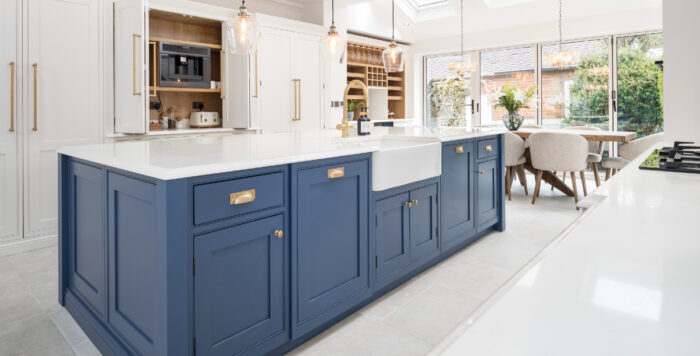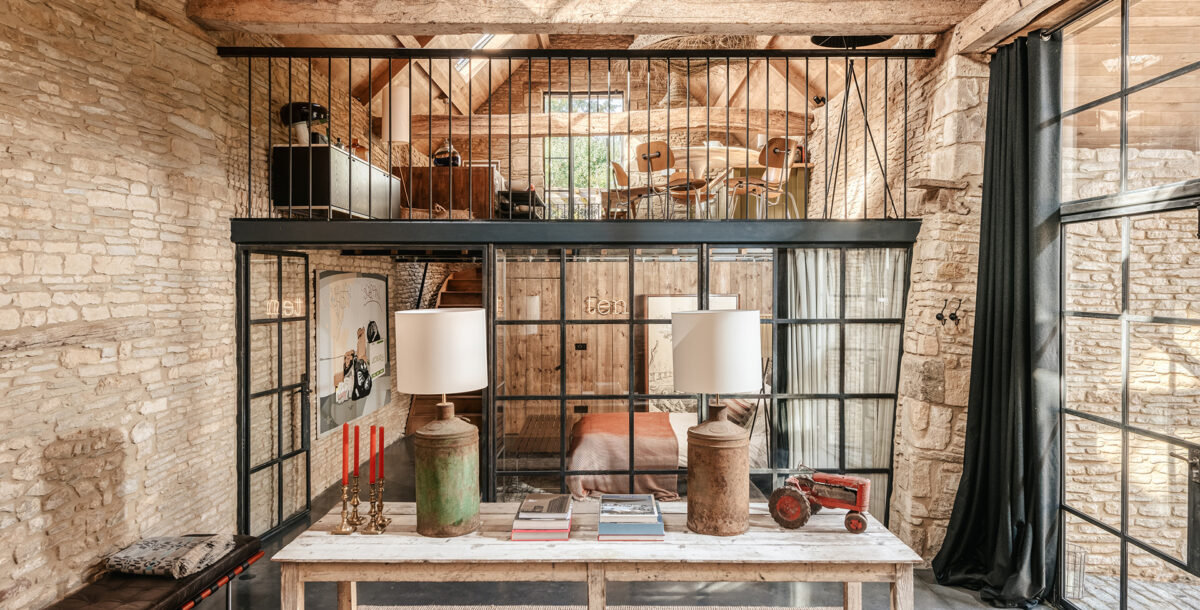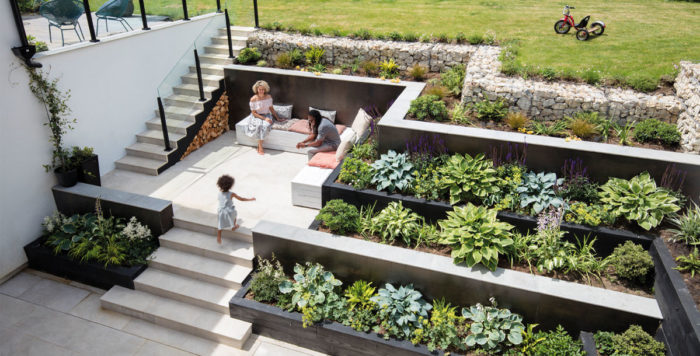How to successfully landscape a garden
Get a landscape gardener on board to design a stylish and functional outdoor space
Landscaping can be just as complex as a room design, whether you are working on a new outdoor space or making changes to an established garden. Here’s how to approach your project.
Putting forward a detailed landscaping design at the early stages of a self-build project will impress the planning department. It will also ensure you get the best results, including taking drain covers and utility supplies into account.
Consider what you require from the space. Do you want somewhere to sit, a place to cook and eat, a play area, a vegetable patch? And for the front garden, you’ll need a plan that’s practical, will enhance your home and provide privacy.
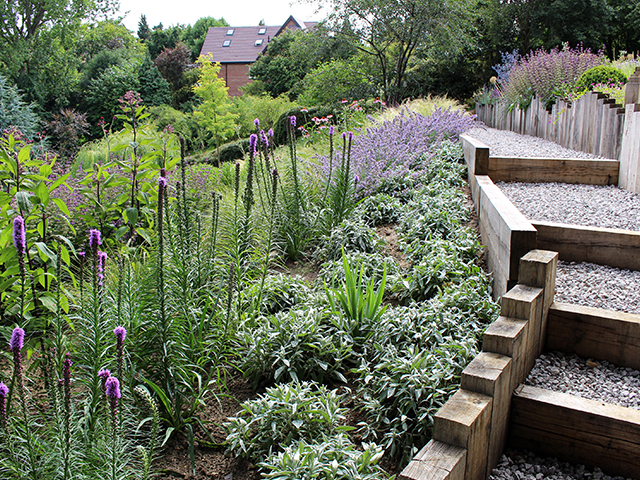
Photo: Sarah Naybour Design
Get the right advice
By employing a landscaping expert or garden designer you’ll get help with planning issues, building regulations and the construction, along with a beautiful plot.
Seek a recommendation and check whether the designer is a member of the Association of Professional Landscapers, the British Association of Landscape Industries or the Society of Garden Designers.
After a visit to your garden, which may be free, they may offer anything from a day’s consultancy to a full survey, construction drawings, planting plans, quotes and tenders for services and project management.
Payments can be staged. ‘For a small garden, the design process could take two to three months, then the build might take five weeks,’ says Sarah Naybour of Sarah Naybour Design.
Project regulations
Alterations to any walls between neighbouring properties come under the Party Wall Act. The height of boundary fences, walls, gates and hedges and the proportions of outbuildings are regulated.
But you can find out what can be done under permitted development rights, without need to apply for planning permission, on the Planning Portal. If the building is listed, planning permission must be sought.
Some projects, especially those in a conservation area, an Area of Outstanding Natural Beauty or other ecologically protected site, will need an environmental statement.
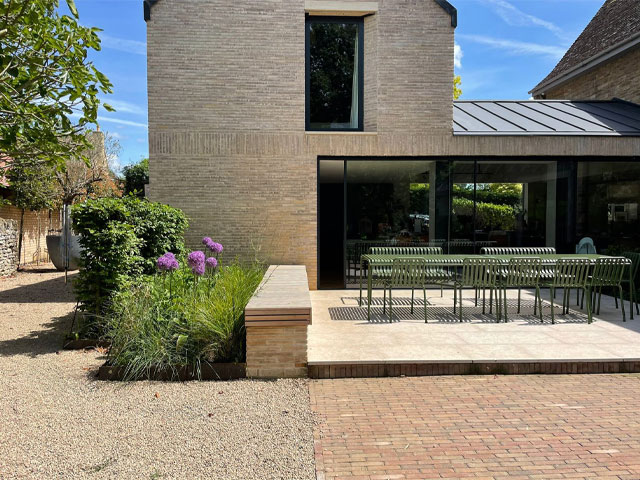
Photo: Claire Greener Landscapes
Choosing materials
The general rule is to select hard landscaping materials that complement the style of your house. Use natural stone or gravel for meandering paths for a traditional look or symmetrical block paving for a contemporary scheme.
If you’re paving a front garden, look at the regulations relating to the use of permeable materials on the Planning Portal website. If your design includes a retaining wall, seek the advice of a structural engineer.
Fabulous flowers
A planting scheme can be based on the type of plants you like but you will also need to take into account soil and climate conditions. Some will simply not thrive in certain situations.
‘Start with hedges and trees, which can act as focal points, positioned to frame views and give shelter,’ says Claire Greener of Claire Greener Landscapes. ‘They create a backdrop for plants and shrubs. Texture and year-round interest are also things to consider.’
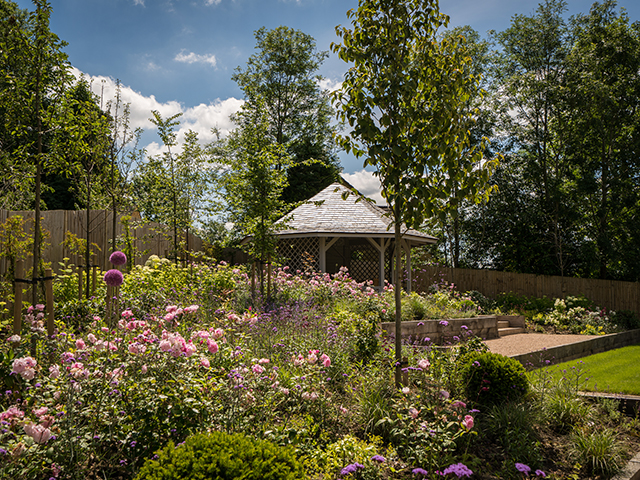
Photo: The Lovely Garden

